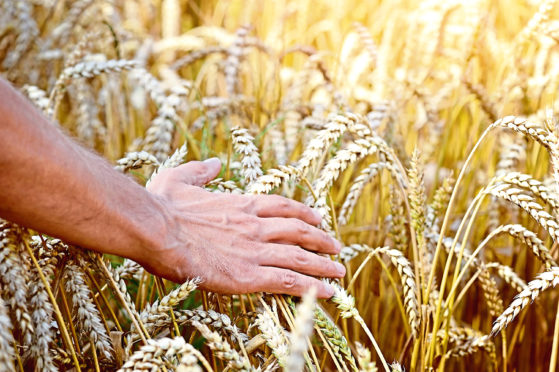UK scientists have bred a new type of wheat better suited to the whisky production process.
They say the development could open up new markets for growers by making UK-grown wheat more desirable for distillers than imported maize.
The wheat, developed at Rothamsted Research in Hertfordshire, is expected to reduce processing problems, higher energy use, and wear on pumps caused by using current wheat varieties in the distilling process.
“At present using wheat grain is a problem for distilleries because it causes sticky residues that mean the whole distillery must be shut down for cleaning,” said Dr Rowan Mitchell from Rothamsted.
“Our novel wheat is designed to have grain with low levels of soluble dietary fibre and should greatly decrease these problems. Great for whisky making, but the opposite of what’s required by bakers.”
He said the new wheat variety was one of the first in the world to be developed using reverse genetics – a process where scientists start with knowledge of what a gene does, rather than screening for the trait in a plant first and then looking for which of its genes are responsible.
The process, also known as tilling, allows scientists to rapidly breed the gene of their choice into an already existing variety.
They focused on genes that controlled the amount of a chemical found in plant cell walls – arabinoxylan – which is responsible for soluble fibre levels and whether the liquid extra from the grain is thin like water, or thick like honey.
Using traditional plant breeding methods, the scientists created wheat lines where these genes had stopped working.
The arabinoxylan genes in these lines were seen to be shorter and fewer in number, meaning the liquid extract from the grain was 50-80% less “gloopy” than standard wheat varieties.
The scientific researchers are now actively working with plant breeding company Limagrain to develop a new commercial variety.







